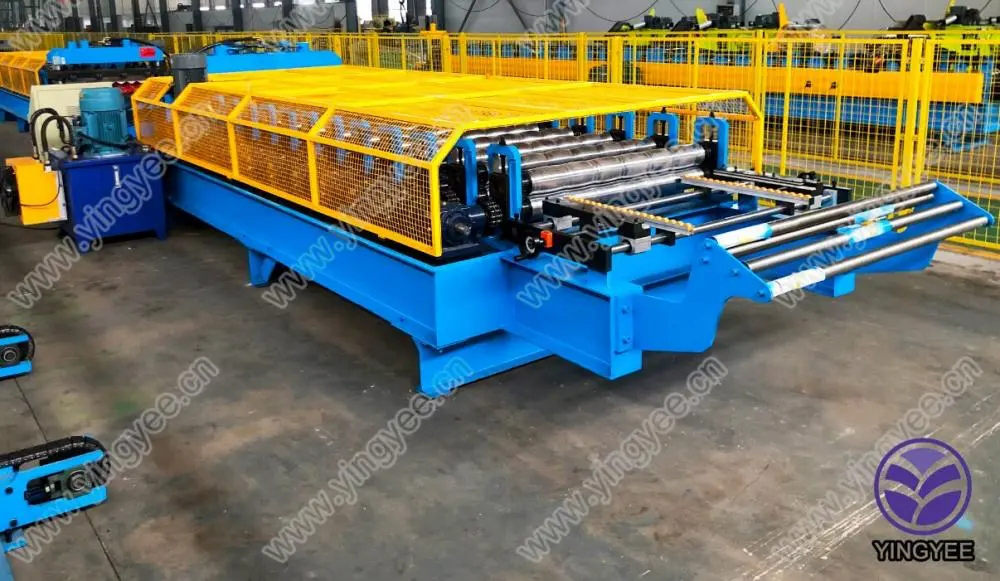
The Evolution of Roof Tile Production Lines
The production of roof tiles has witnessed significant advancements over the years, transforming from a labor-intensive craft to a highly efficient industrial process. A roof tile production line is a systematic arrangement of machinery and equipment designed to facilitate the mass production of roof tiles, ensuring quality, consistency, and speed.
Traditionally, roof tiles were handmade, crafted from natural materials like clay or slate. Artisans specialized in shaping and firing these tiles, which resulted in varied designs and qualities. While this method imbued tiles with unique aesthetics, it was not scalable. The demand for durable, high-quality roofing materials in the booming construction industry necessitated a change.
Modern roof tile production lines incorporate advanced technology to improve efficiency and reduce labor costs. The process begins with the selection of raw materials, often clay, concrete, or ceramic. These materials are then blended and processed through various stages, including mixing, molding, and drying. Automated machinery plays a crucial role in these stages, dramatically reducing the time required to produce tiles. For instance, hydraulic presses shape the tiles with precision, while drying tunnels ensure they are uniformly prepared for firing.

Firing is a critical stage in production, as it solidifies the tiles and enhances their durability. Continuous kilns are often used, allowing for a constant flow of tiles through the firing process, optimizing energy consumption. Following firing, tiles undergo rigorous quality control, where they are inspected for size, color, and structural integrity. This ensures that only the highest quality tiles reach the market.
Furthermore, the implementation of automation and robotics in roof tile production lines has resulted in increased productivity. Robotic arms can handle heavy loads, manage logistics, and even package finished products for shipping, all while reducing human error and injury risks.
Sustainability has also become a focal point in modern production practices. Many manufacturers are now exploring eco-friendly materials and energy-efficient processes, aligning their operations with growing environmental concerns.
In conclusion, the evolution of roof tile production lines reflects the broader trends of industrialization and technological advancement. As the construction sector continues to grow globally, the need for efficient, high-quality production methods will remain crucial, ensuring that roofs not only provide shelter but also meet aesthetic and environmental standards.